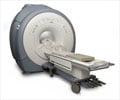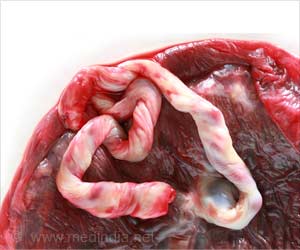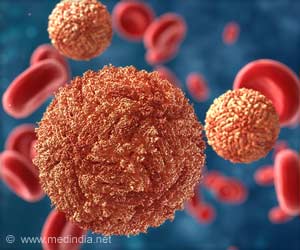Bi-annual enhanced magnetic resonance imaging (DCE-MRI) may be better than a mammogram for women with genetic risk for breast cancer.

‘Mammograms remain important for most women but for women at high risk who are getting an enhanced magnetic resonance imaging (DCE-MRI) every six months; annual mammograms may be eliminated.’





"This study demonstrates, for the first time, that aggressive breast cancers can be caught early, without excessive recalls or biopsies," said Olufunmilayo Olopade, MD, a distinguished service professor of medicine and human genetics and director of the University of Chicago's Center for Clinical Cancer Genetics. "Because of intensive surveillance and high quality care the majority of high-risk women in this study--most of whom had highly penetrant genetic mutations--have not developed breast cancer."The study was designed to evaluate psychosocial distress levels and quality of life in women undergoing intensive surveillance.
Between 2004 and December 2016, the researchers recruited 305 women into a clinical trial. Volunteers had to have a lifetime breast cancer risk greater than 20 percent. More than half of the women enrolled (53%) had mutations in breast cancer related genes, such as BRCA1, BRCA2 or CDH1. Ten volunteers dropped out before the first round of screening.
The women who enrolled had to have mutations in one of 11 known breast cancer-related genes, or a diagnosis of breast cancer or carcinoma in situ before age 35, or a mother or sister diagnosed with breast cancer before age 50 (before age 40 for those of African ancestry). The mean age at entry was 43.3 years.
After evaluation by a physician and a genetic counselor, participants were scheduled to undergo a clinical breast examination and a DCE-MRI scan every six months, and a digital mammogram every 12 months. Study subjects also had BROCA panel genetic tests looking for 12 genes associated with a predisposition to breast cancer. Those with high genetic risk mutations who completed five years of the study protocol were offered continued screening. (Enrollment closed in December 2016.)
Advertisement
The researchers found 17 cancers: four ductal carcinoma in situ and 13 early stage breast cancers. Fifteen of those cancers occurred in participants with pathogenic mutations. Eleven involved BRCA1, three involved BRCA2, and one involved CDH1. None of the cancers had spread to the lymph nodes. The mean tumor size was 0.61 centimeter.
Advertisement
The study authors recommend "further interventional studies evaluating this novel screening approach to personalize breast cancer risk assessment and prevention."
In this study, DCE-MRI every 6 months "performed well for early detection of invasive breast cancer in high-risk women, accomplishing the ultimate goal of breast cancer screening--detecting node-negative, invasive tumors less than 1 centimeter," said Olopade, an American Cancer Society Clinical Research professor. "These scans performed especially well in BRCA1 mutation carriers, who are at risk for aggressive subtypes of breast cancer."
"Mammograms remain important for most women," Olopade said. "But for women at high risk who are getting a DCE-MRI every six months, annual mammograms could probably be eliminated." For this group of younger women at significantly elevated risk, especially those with a BRCA1 mutation, we strongly support getting a DCE-MRI every six months."
"The central goal of our study was to understand the needs of the highest risk women," said study co-author Mary Claire King, PhD, professor of genome sciences and of medicine at the University of Washington and the Walt Disney-American Cancer Society Research Professor for Breast Cancer. King has advocated for all women to be offered testing for BRCA1 and BRCA2 at about age 30, regardless of personal or family history of cancer, so that women with mutations can take action to prevent cancer in their futures.
"My concern is that mammography and MRI be used in ways that make sense given a woman's personal genetics," she said. "Women with mutations in BRCA1 or BRCA2 have very different needs for surveillance for breast disease than do women with no mutations in these genes. This is particularly true for healthy young women with mutations. It's truly critical to offer intensive surveillance to still-healthy women with BRCA1 or BRCA2 mutations."
Source-Eurekalert










